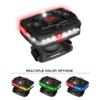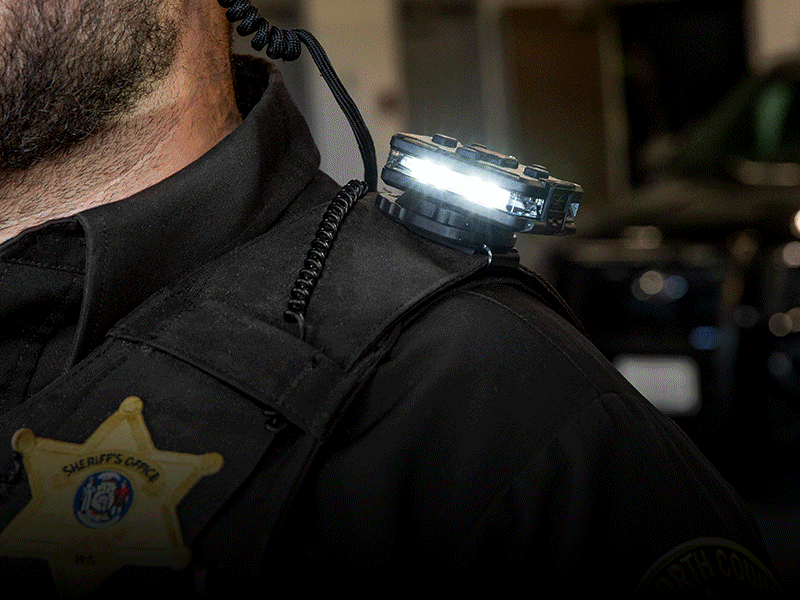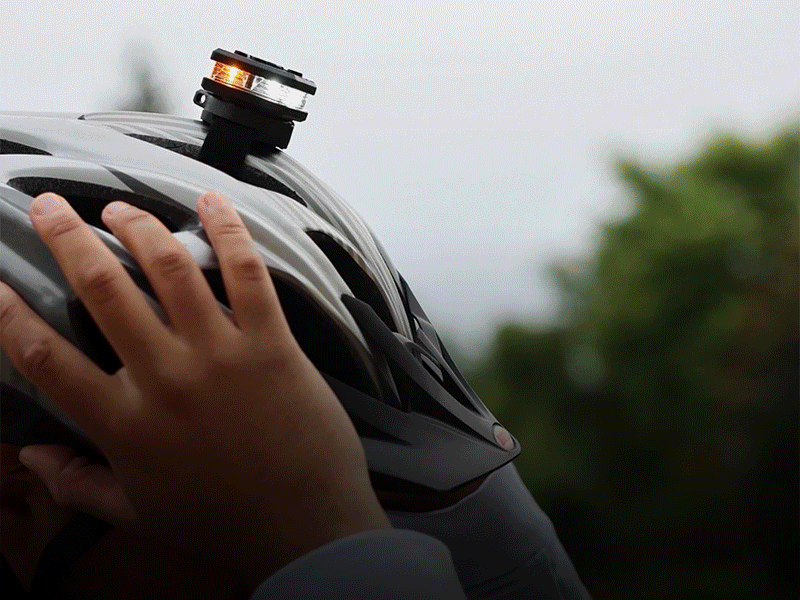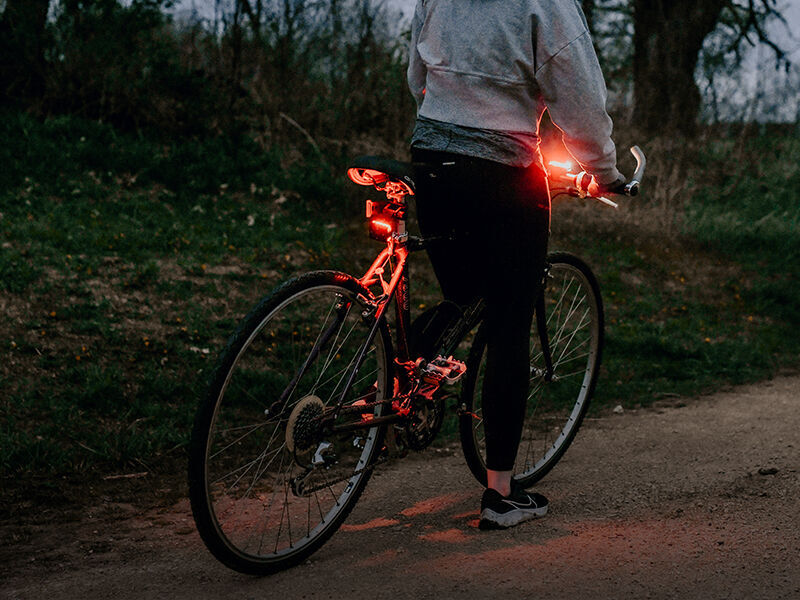Bug-Out Bag Essentials
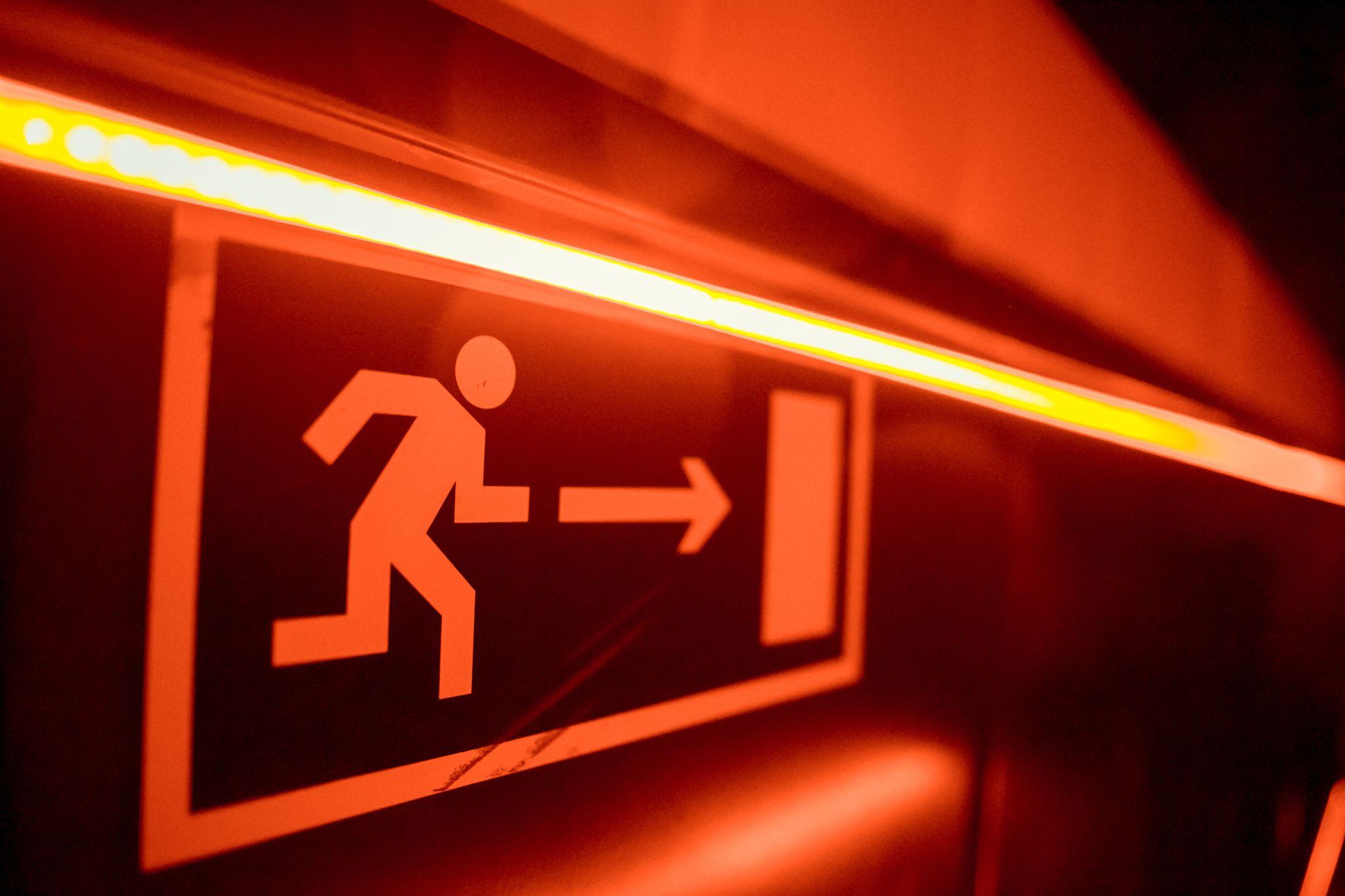
Disasters don’t wait for the perfect moment. If you ever find yourself in the vicinity of a wildfire, a flash flood cutting off roadways, or an extended power outage, you’ll be more than happy that you went through the trouble of preparing a bug-out bag.
These portable emergency preparedness kits aren’t about doomsday fantasies — they’re about being ready when real life throws the unexpected your way. Building the right bag gives you peace of mind and practical protection. Let’s take a closer look at exactly how you can accomplish this.
What Is a Bug-Out Bag?
A bug-out bag is a portable emergency kit designed to support you for 72 hours during a sudden evacuation or survival scenario. The essentials of a bug-out bag include water, food, shelter, communication, tools, and first aid.
The goal isn’t long-term survival — it’s about staying safe and self-sufficient long enough to reach help. A good bug-out bag list prioritizes lightweight gear, critical supplies, and items that address physical needs and psychological health.
Choosing the Right Bag for Your Environment
Your bag should match your lifestyle and likely risk factors. People who live out in the country might face wildfire evacuations or winter storms. Urban professionals may need to escape transit shutdowns or power grid failures. Those in hurricane-prone areas face different challenges than those living near earthquake zones. Your environment will determine what you pack and how you carry it.
For home or work, a medium-sized backpack or tactical duffel works well — it’s easy to carry, and roomy enough for key gear. For an emergency car kit, consider a soft-sided bag with supplies for roadside breakdowns or long delays. Wherever it lives, your bug-out bag should be easy to grab and carry on foot for at least a mile.
Core Essentials for Every Bug-Out Bag
Below is a checklist for a bug-out bag that covers the fundamental items everyone should consider packing. While your specific needs may vary, these essentials form the foundation of any reliable emergency kit:
Water
- One gallon per person, per day (at minimum)
- Collapsible water bottle or metal bottle (boil-safe)
- Portable filter (like Sawyer Mini or LifeStraw)
- Water purification tablets
Food
- Calorie-dense, no-cook items (energy bars, peanut butter, trail mix)
- Freeze-dried meals with long shelf life
- Small stove or fuel tabs (optional but helpful)
Light and Visibility
- Guardian Angel Elite Series wearable light — hands-free, rechargeable, visible for miles, built for all weather conditions

Clothing and Warmth
- Moisture-wicking base layers
- Extra socks and underwear in a dry bag
- Waterproof jacket or compact poncho
- Emergency bivvy or space blanket
Shelter
- Lightweight tarp or emergency tent
- Paracord (at least 25 feet)
- Ground cover or foam pad for insulation
First Aid and Hygiene
- Compact first-aid kit with trauma supplies
- Prescription medications and allergy treatments
- N95 mask or bandana
- Toothbrush and toothpaste
- Small roll of toilet paper or tissues
Navigation and Communication
- Paper map of your local area and a reliable compass
- Waterproof notepad and pen
- Hand-crank NOAA weather radio
- Whistle and signal mirror
Tools
- Waterproof matches, lighter, and ferro rod
- Multi-tool with knife, scissors, screwdriver, and pliers
- Duct tape (wrapped around a pencil or card for compact storage)
- Folding saw or compact hatchet (optional; for rural scenarios)
- Portable battery charger (solar or rechargeable)
Cash and Documents
- Small bills ($1s, $5s, $10s) in a sealed bag
- Copies of ID, insurance, and medical records
- Emergency contact list
Your bug-out essentials should be reviewed every six months. Check expiration dates on food and rotate out seasonal clothing. A bag that’s been untouched for a year won’t help much if the batteries are dead and the meds are expired.
Also, keep in mind that a properly packed bug-out bag should weigh no more than 20-25% of your body weight. Consider leaving out some of the heavier or less essential items (such as the ferro rod and folding saw) if you exceed this weight guideline.
Where to Store Your Bug-Out Bag
One bag won’t fit every situation — if possible, build different versions for different locations. A home-based bug-out bag can be your most complete setup, kept near the front door, garage, or bedroom exit. This is your go-to if you need to evacuate fast.
An emergency car kit should stay in your trunk or under a seat. Include road-specific items like a tire repair kit, jumper cables, and reflective triangles — plus cold weather gear if you’re in a northern climate.
Finally, a pared-down office or backpack version can stay at work or even travel with you daily. This simplified bag could consist of just the following items:
- Water (3 liters) + purification tablets
- High-calorie food bars for 3 days
- Basic first aid
- Emergency shelter (space blanket/poncho)
- Fire starter
- Whistle
- Guardian Angel Elite Series light
- Critical documents and cash
- One change of clothes
Even a basic kit like this can be a huge help if you’re stranded in the city or need to get home on foot.
FAQs
What food is good in a bug-out bag?
Shelf-stable, high-calorie items like energy bars, trail mix, peanut butter, and freeze-dried meals are ideal. These foods are lightweight and easy to prepare.
How much cash should you have in a bug-out bag?
Keep $100 to $200 in small bills stored in a waterproof pouch. This allows you to pay for essentials like gas, food, or lodging if electronic payments aren’t available.
What documents should be in a bug-out bag?
Include photocopies of your ID, insurance cards, medical records, and a written emergency contact list. You may also wish to add a USB drive with encrypted digital versions of important documents
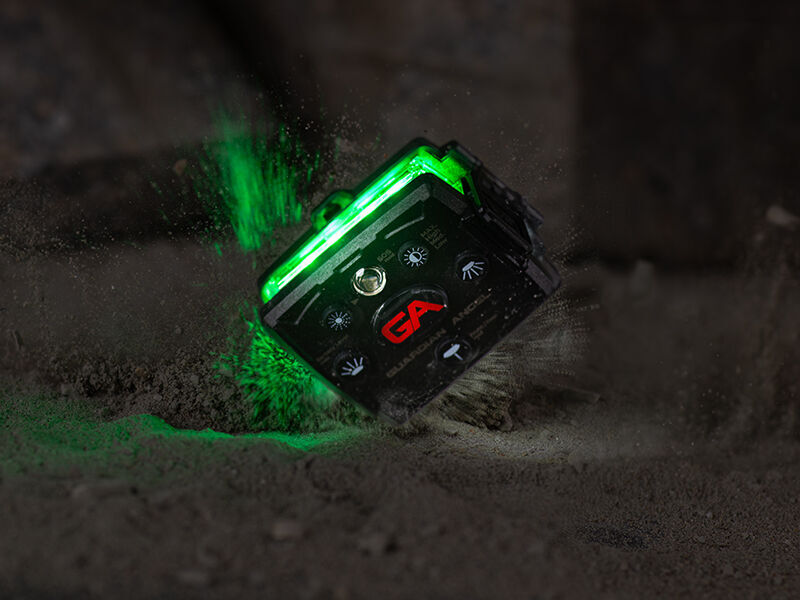
Get Prepared with Guardian Angel
You don’t need to be a survivalist to recognize the value of being prepared. By following a solid checklist and customizing it to your environment where appropriate, you’ll have the essentials you need to protect yourself and your loved ones when things go sideways.
When it comes to visibility and signaling, few tools provide the real-world reliability of the Guardian Angel Elite Series wearable lights. Designed to function hands-free, recharge fast, and shine bright in the worst conditions, it’s the kind of gear you can rely on during an emergency.
Remember, start with the basics, then build up from there. Because when disaster hits, you won’t want to waste a second.
SUMMARY: A well-built bug-out bag gives you the tools to stay safe, mobile, and self-sufficient during real-world emergencies. This guide covers must-have gear, storage tips, and why Guardian Angel wearable lights are a smart addition to every kit.
